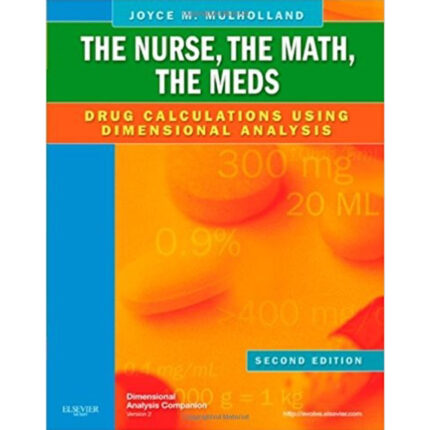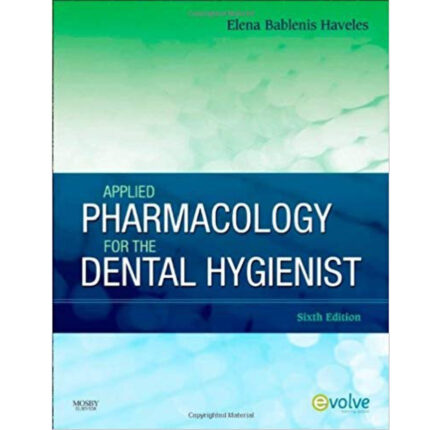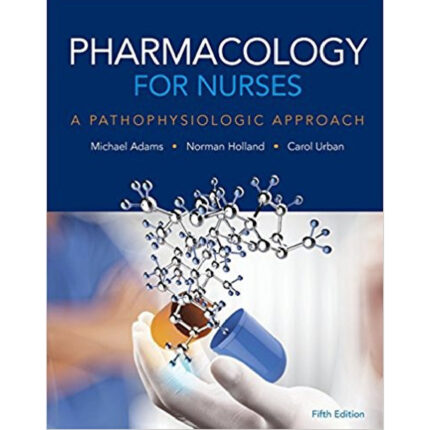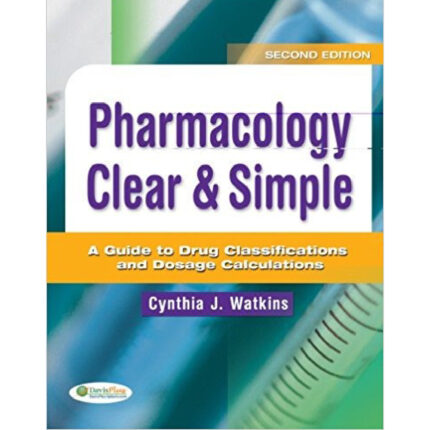Pharmacology For The Surgical Technologist 3rd Edition By Katherine C. Snyder – Test Bank
Chapter 11: Fluids and Irrigation Solutions
Test Bank
MULTIPLE CHOICE
1. Major electrolytes found in body fluids are sodium, chloride, calcium, and:
a. Glucose
b. Potassium
c. Creatinine
d. Urea
ANS: B
The body fluid’s major electrolytes are sodium, chloride, calcium, and potassium. Glucose, urea, and creatinine are present in body fluids but are considered nonelectrolytes.
DIF: 1 REF: 175
2. Food and fluid restrictions preoperatively can result in the surgical patient being which one of the following?
a. Febrile
b. Isotonic
c. Hyperkalemic
d. Dehydrated
ANS: D
The surgical patient will be lacking fluids because of preoperative restrictions, which results in slight dehydration.
DIF: 2 REF: 176
3. The electrolyte that controls the distribution of water in the body and maintains fluid and electrolyte balance is:
a. Sodium
b. Potassium
c. Magnesium
d. Calcium
ANS: A
Sodium controls the distribution of water in the body and maintains fluid and electrolyte balance.
DIF: 1 REF: 176
4. The intravenous (IV) solution used during blood transfusion is:
a. Water
b. Lactated Ringer solution
c. Normal saline
d. PlasmaLyte
ANS: C
Normal saline is the agent of choice during blood transfusion because it does not hemolyze the blood cells.
DIF: 2 REF: 177
5. Which IV solution increases insulin requirements for the patient with diabetes?
a. Sterile water
b. Dextrose
c. Normal saline
d. Ionosol B
ANS: B
Dextrose is a natural sugar and, consequently, would increase the insulin requirements for the patient with diabetes.
DIF: 2 REF: 177
6. Another name for Hartmann solution is:
a. Physiologic saline
b. Dextrose in water
c. Lactated Ringer solution
d. Isolyte E
ANS: C
Hartmann solution is similar to Lactated Ringer solution and is often referred to as such.
DIF: 1 REF: 178
7. Proteins responsible for transporting oxygen to cells are which one of the following?
a. Leukocytes
b. Platelets
c. Antigens
d. Hemoglobin
ANS: D
Hemoglobin is the protein responsible for transporting oxygen to the cells.
DIF: 1 REF: 180
8. The volume of erythrocytes in a given volume of blood is called which one of the following?
a. Hemoglobin
b. Hematocrit
c. Plasma
d. White blood cell count
ANS: B
The definition of hematocrit is the volume of erythrocytes in a given volume of blood as expressed as a percentage.
DIF: 1 REF: 180
9. Another name for donor blood is which one of the following?
a. Homologous
b. Autologous
c. Autotransfusion
d. Synthetic
ANS: A
Donor blood is from the same species and is referred to as homologous.
DIF: 1 REF: 183
10. Most transfusions involve packed red blood cells (RBCs) given with
a. Volume expander
b. Dextrose solution
c. Plasma
d. Normal saline
ANS: A
Rather than give whole blood, transfusions use packed RBCs and a volume expander to achieve the same results with less risk of transfusion reactions.
DIF: 1 REF: 183













Reviews
There are no reviews yet.